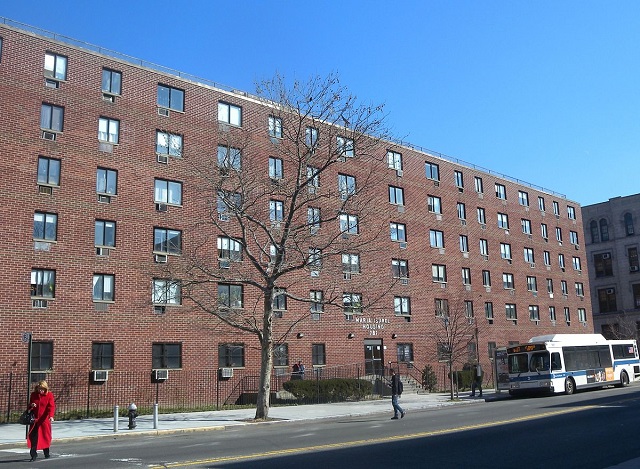Section 8 Housing

Sustainable Living is Closer Than You Think
Are you disabled, retired, or working hard and still struggling to keep a roof over your head? As the cost of living rises, more people are looking for relief from out of control rents and substandard living conditions. The Department of Housing and Urban Development (HUD) is working at the local level in communities throughout the country to make affordable homes for all a reality through the Housing Choice Voucher program. This program is tenant-based and requires a measure of responsibility from all parties.
What is Section 8?
Section 8 was a residential assistance program created by federal government in 1974 to help low income families, the disabled, and senior citizens cover the cost of rent. Since Congress merged Section 8 with the voucher program 1998, it has empowered thousands of public housing agencies (PHAs) to work with the private sector toward raising living standards among vulnerable populations. The program is funded and overseen through HUD and implemented at the local level.
How Do Housing Choice Vouchers Work?
The goal of HUD is to work in partnership with landlords and tenants, who share in the responsibility for upholding its terms and obligations. The vouchers are called Choice Vouchers because they give the resident a voice in deciding what type of housing and neighborhoods they want to live in.
Recipients are responsible for finding a home that’s owned by someone who’s willing to participate in the voucher program. Local PHA workers negotiate the terms. It gives families the freedom to move out of public residential units and into more stable, privately owned neighborhood settings.
How Do You Qualify for Assistance?
Eligibility is determined by the local PHA worker and based on a standard set of criteria. The www.hud.gov website provides a complete overview of the program by state and audience. The application process determines eligibility by family size, composition, and income level, and all information must be verifiable through employers, banks, and local agencies.
In order to qualify for rent subsidies, applicants must have a gross income that’s less then 50 percent of the median income in their locality and be a U.S. citizen or have eligible non-citizen status. Those who make 30 percent or less of the local median income are may receive vouchers equaling up to 75 percent of the total rent amount. Once the application process is completed, qualified applicants who can’t be helped immediately will be placed on a waiting list.
How Do Participants Find a Home Through This Program?
Filling out your application and getting approved for assistance is just the beginning of the process. Prospective tenants are responsible for finding modestly priced homes that meet the minimum quality standards of safety and sanitation. That means any single family home, apartment, or town home with a willing owner can technically qualify. Once you locate a home that meets the criteria, the local PHA worker will make a contract with the owner. If you need a place to start, www.gosection8.com has a searchable list of approved rental properties by state, city, or zip code.
How Long Can Someone Remain in the Voucher Program?
The program works in partnership with landlords and residents. The tenant provides a voucher for the subsidized rent amount to the landlord, who presents it to the local HUD office for reimbursement. The tenant pays the security deposit and balance not covered by the voucher; by law, the owner can’t charge a higher deposit than they would for a non-subsidized renter. As long as you meet the income and other eligibility standards, pay your share of the rent as agreed, and abide by the terms of your lease and the rules of the program, you’ll be able to receive rental assistance.
Qualifying for rent assistance doesn’t mean you’re automatically entitled to a home. It’s still up to the landlord’s discretion about whom to rent to, whether pets are allowed, and other specific terms, and you can still be evicted if you violate them. As long as the property owner applies fair standards and follows landlord/tenant law, it’s just like any other lease agreement. If you feel you’re being discriminated against, there is recourse available.
Am I Allowed to Move Under This Program?
Under this program, choice means choice. If family, educational, or work obligations mean you have to move, your eligibility should move with you as long as you follow these guidelines:
- Notify the local agency of your intention to move
- Terminate the lease within the legal terms and provisions
- Find an eligible home in your new location
Under the terms of the voucher program, any qualifying family is free to live anywhere in the United States without losing assistance as long as they continue to qualify and were approved for assistance in their current location first. If you applied at a time that you weren’t living in a PHA jurisdiction, you have to rent in that community for one full year before relocating.
If you feel that you could benefit from this program, check out www.hud.gov and www.gosection8.com. You’ll find further answers to your questions and learn more about eligibility requirements. Decent, affordable living may be closer than you think.